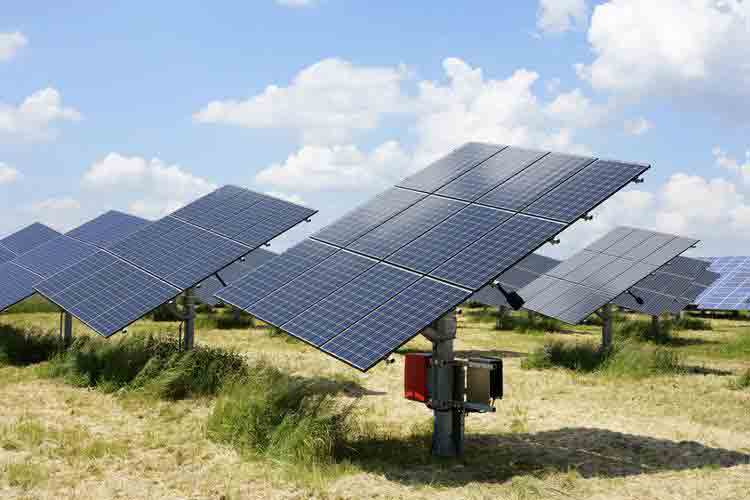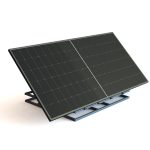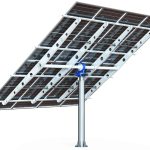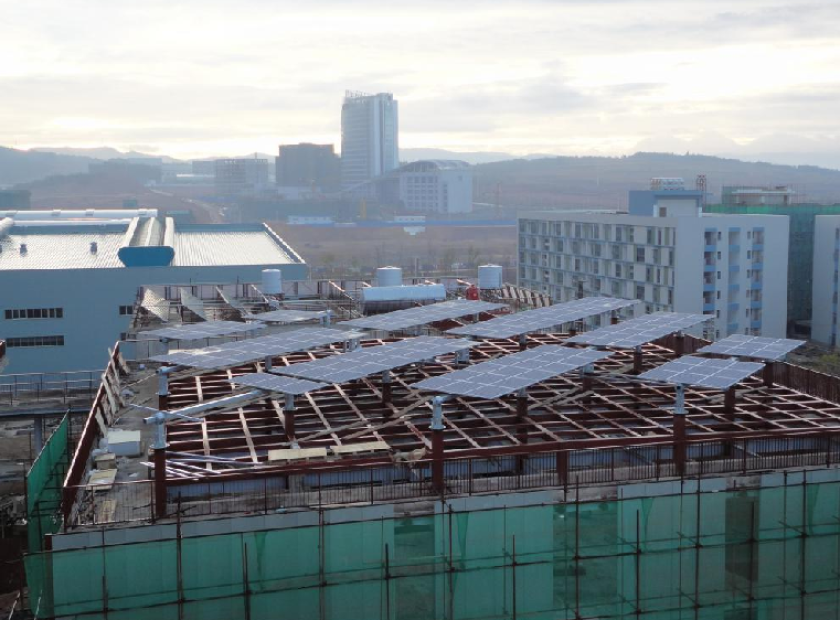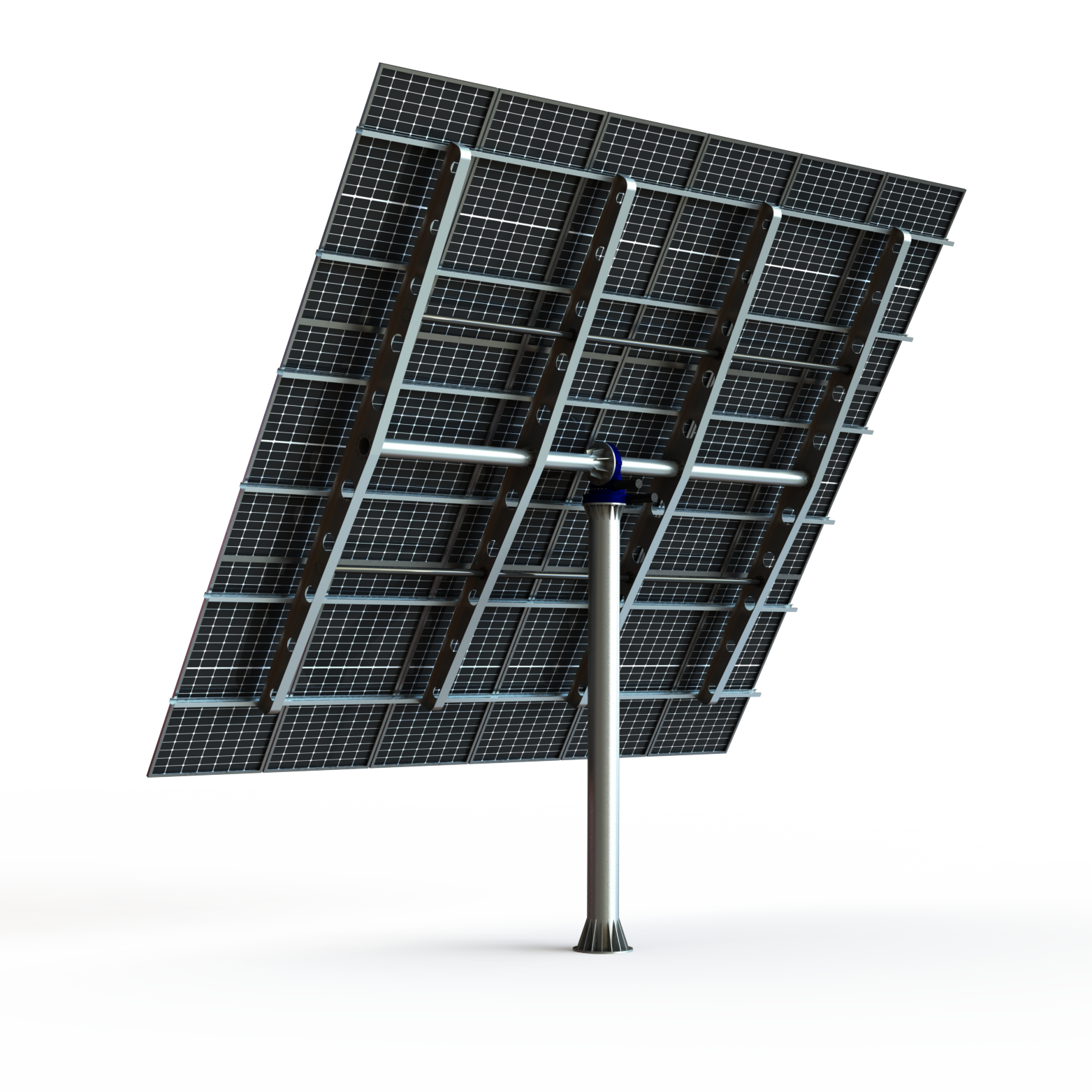
2025年2月6日
Solar Trackers: Boosting Energy Efficiency with Smart Technology
Solar trackers are revolutionizing the renewable energy sector by dynamically adjusting photovoltaic panels to follow the sun’s path, maximizing energy capture. Unlike static systems, these devices improve efficiency by up to 40% depending on the technology used.
Types of Solar Tracking Systems
- Single-Axis Trackers: Ideal for utility-scale projects, these systems rotate panels along one axis (horizontal or vertical), boosting output by 20–30%. They dominate the market due to their cost-effectiveness and simplicity.
- Dual-Axis Trackers: Designed for precision, these adjust both horizontally and vertically, achieving up to 40% efficiency gains. They’re perfect for high-latitude regions or projects prioritizing peak performance.
Key Advantages
- Higher ROI: Despite a 15–20% higher upfront cost, trackers reduce the levelized cost of energy (LCOE) by increasing daily energy production1.
- Land Optimization: Trackers require fewer panels to generate the same output, minimizing land use—a critical factor for large solar farms.
- Compatibility: Integrate seamlessly with bifacial panels, perovskite cells, and storage systems for next-gen solar solutions.
Future Innovations
AI-driven algorithms and IoT integration are transforming solar trackers into predictive systems. For example, Enel and Polytechnics di Milano are developing wind-resistant trackers to enhance durability in extreme weather. Meanwhile, perovskite tandem cells (with efficiencies exceeding 28%) could further elevate tracker performance.
